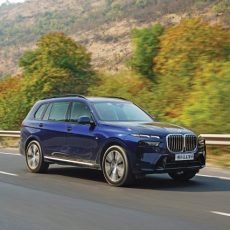
Mercedes-Benz have introduced the third-generation plug-in hybrid models, in both petrol and diesel avatar, claiming exceptional fuel efficiency and CO2 emissions.
Mercedes-Benz are one of the extremely low number of carmakers who have gone ahead and produced diesel plug-in hybrid car models in the quest for maximum efficiency. While other have since gone silent, Mercedes show no sign of slowing down with the new E 300 de diesel plug-in hybrid and E 300 e petrol plug-in hybrid models of the bestselling E-Class executive luxury saloon. The anticipated C 300 de has been added to the C-Class luxury sedan line-up as well and deliveries will commence in mid-2019.
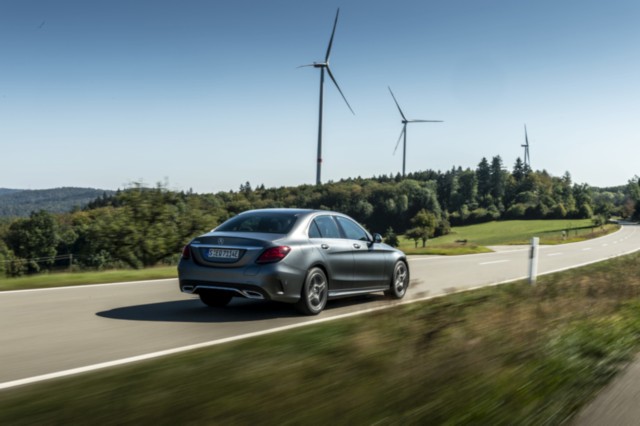
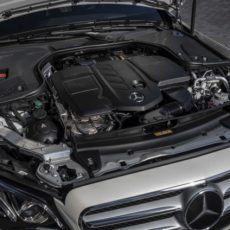 The latest generation of the plug-in hybrid models each adopt turbocharged combustion engines that comply with the stringent Euro 6d-Temp standard. The C and E 300 de get the new 2.0-litre OM 654 turbo-diesel making 194 PS and 400 Nm, with a new, more powerful electric motor making a peak 90 kW (122 PS) and 440 Nm of torque – first seen in the S 560 e plug-in hybrid model. A nine-speed, hybrid-automatic transmission handles power delivery duties to the rear axle. The peak combined system output is 306 PS and 700 Nm. Prodigious output figures indeed! More pleasant surprises are the consumption and emission figures – up to 71.4 km/l and as low as 38 g/km of CO2 respectively for the C 300 de, with the E-Class just a smidge off due to its added weight. The C 300 de can travel up to 57 km on pure electricity, while the E 300 de can traverse 54 km. The 13.5-kWh battery pack can be charged from 10 per cent to full charge in less than two hours using a 7.4 kWh charger.
The latest generation of the plug-in hybrid models each adopt turbocharged combustion engines that comply with the stringent Euro 6d-Temp standard. The C and E 300 de get the new 2.0-litre OM 654 turbo-diesel making 194 PS and 400 Nm, with a new, more powerful electric motor making a peak 90 kW (122 PS) and 440 Nm of torque – first seen in the S 560 e plug-in hybrid model. A nine-speed, hybrid-automatic transmission handles power delivery duties to the rear axle. The peak combined system output is 306 PS and 700 Nm. Prodigious output figures indeed! More pleasant surprises are the consumption and emission figures – up to 71.4 km/l and as low as 38 g/km of CO2 respectively for the C 300 de, with the E-Class just a smidge off due to its added weight. The C 300 de can travel up to 57 km on pure electricity, while the E 300 de can traverse 54 km. The 13.5-kWh battery pack can be charged from 10 per cent to full charge in less than two hours using a 7.4 kWh charger.
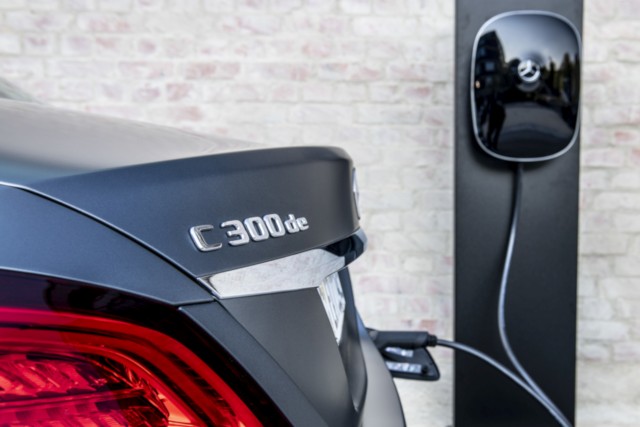
Also read: Mercedes-Benz C 200 First Drive Review
The new Mercedes-Benz E 300 e petrol plug-in hybrid uses the same 2.0-litre turbo-petrol, four-cylinder engine as the previous E 350 e we drove in 2017, with 211 PS and 350 Nm. In conjunction with a new 90-kW e-motor, though, peak system output increases to 320 PS and 700 Nm – up 34 PS and 150 Nm on its predecessor. While the hardware on the petrol plug-in hybrid is similar to that of the diesel, it can traverse up to 50 km on electricity alone, return up to 47.6 km/l in hybrid mode and emit as low as 46 g/km of CO2.
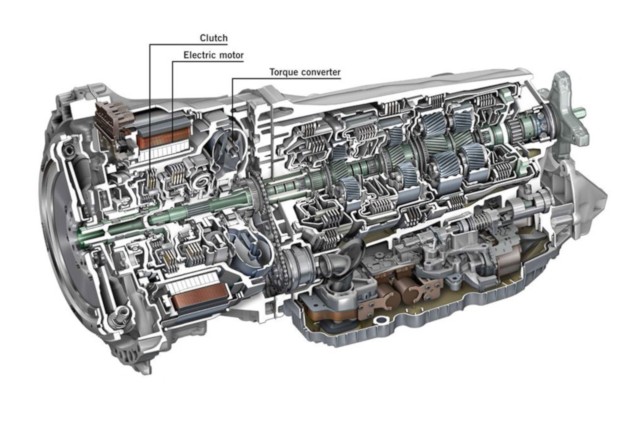
Latest-generation 9G-TRONIC nine-speed hybrid transmission
Efficiency is further enhanced by the intelligent thermal management system that links the cooling of the driveline and high-voltage components with the data from the navigation system to recognize changes in topology and gradients and bring about predictive and increased cooling.
Clearly, with increasing awareness about the danger we pose to the environment and the lack of infrastructure to support electric mobility in several developing countries, the way forward seems to be the plug-in hybrid. That sort of platform maximizes efficiency by reducing consumption of fossil fuel and lowering exhaust gas and particulate emissions thanks to further advancements in emission control technology. Until more efficient means are developed which use sustainable and renewable energy sources, we hope to see more such models soon and also wish they make their way to India as well.
Also read: Diesel, Electricity and Air – Future Propulsion
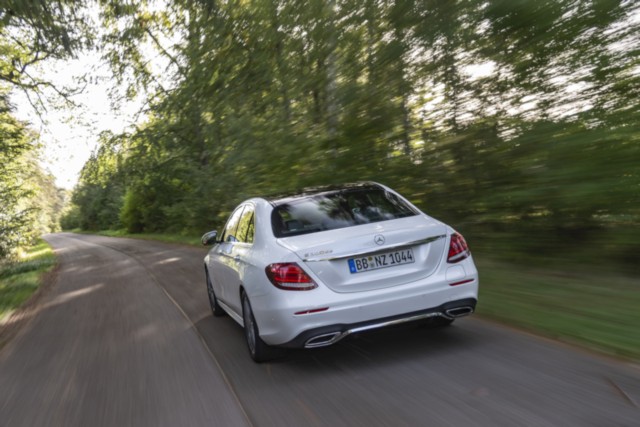
Also read: Mercedes-Benz E 350 e First Drive Review
Need to Know: Mercedes-Benz C 300 de/E 300 de
Price: £45,350 / £47,700 (onwards, estimated in the UK; Rs 41 lakh / 44 lakh approx)
Engine: 1,950 cc, in-line four, turbo-diesel
Max Power: 194 PS @ 3,800 rpm
Max Torque: 400 Nm @ 1,600-2,800 rpm
Transmission: Nine-speed, hybrid-automatic, rear-wheel drive
E-Motor: 90 kW (122 PS equivalent)
Battery Pack: 13.5 kWh
Net Peak Output: 306 PS, 700 Nm
Pure Electric Range: 57 km / 54 km
Claimed Fuel Efficiency: 71.4 km/l / 62.5 km/l
Claimed CO2 Emissions: 42-38 g/km / 44-41 g/km



